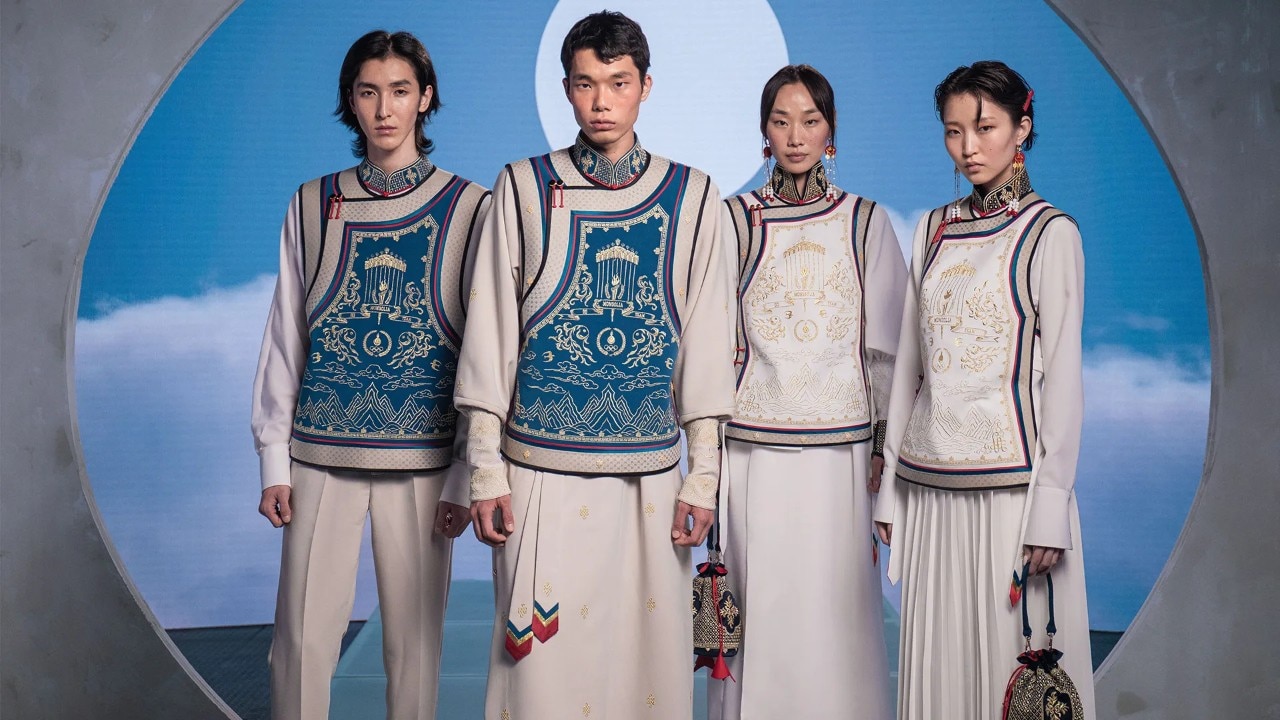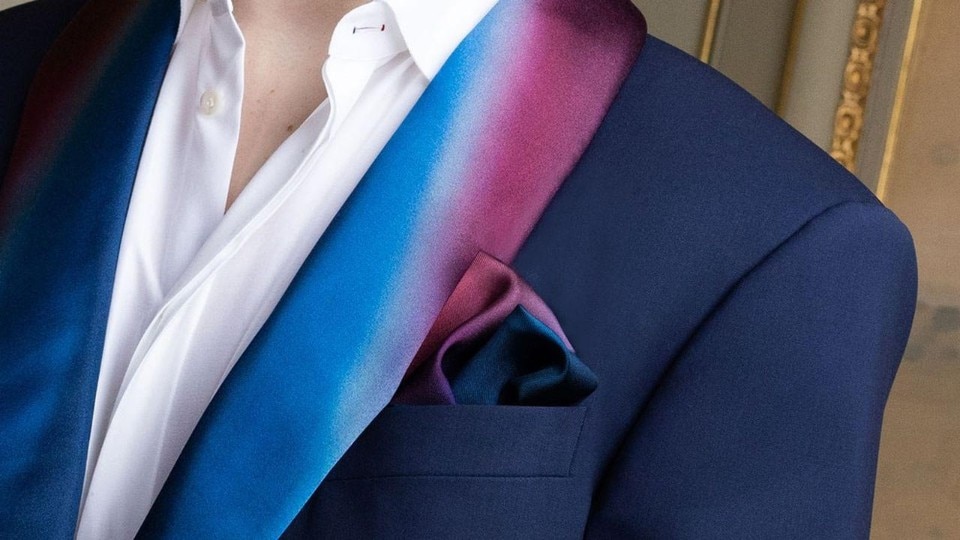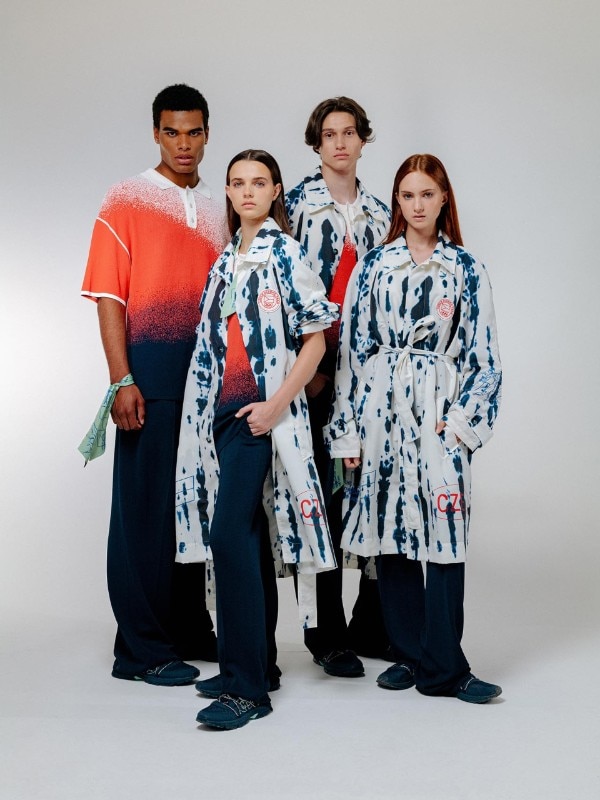As the Olympic and Paralympic Games approach, the Opening Ceremony, competitions, and award ceremonies will highlight the uniforms of various national teams. As a global symbol of fashion and luxury, Paris provides a perfect stage for what has already been dubbed “the most fashionable Olympics ever,” featuring memorable, innovative, and sustainable uniforms.
France, the host nation, enlisted two entities to design its sports uniforms. Berluti, part of the LVMH group, created single-breasted blazers with shawl lapels for the opening ceremony, embodying “élégance à la française.” Stéphane Ashpool, designer and founder of Pigalle, designed uniforms for the athletes in 40 Olympic disciplines and 24 Paralympic disciplines. These uniforms, plain-colored with small iridescent blue-white-red panels, are almost entirely produced in France by Le Coq Sportif, a remarkable achievement in a country that is accustomed to designing its products in Paris but often outsources production.

Quite surprisingly, Team USA chose a classic American style that doesn’t normally fit the sports code: jeans. Ralph Lauren designed the ceremony uniforms, featuring blazers with national-color piping and washed-out blue jeans for a preppy look. Sustainability is key here too; the cotton polo shirts are made from 100% recycled material, a first for Ralph Lauren. Nike, instead, designed the competition uniforms for Paris 2024, described by its management as the most data-driven ever, potentially enhancing athletes’ performance. We look forward to seeing their impact.
As a global symbol of fashion and luxury, Paris provides a perfect stage for what has already been dubbed ‘the most fashionable Olympics ever,’ featuring memorable, innovative, and sustainable uniforms.
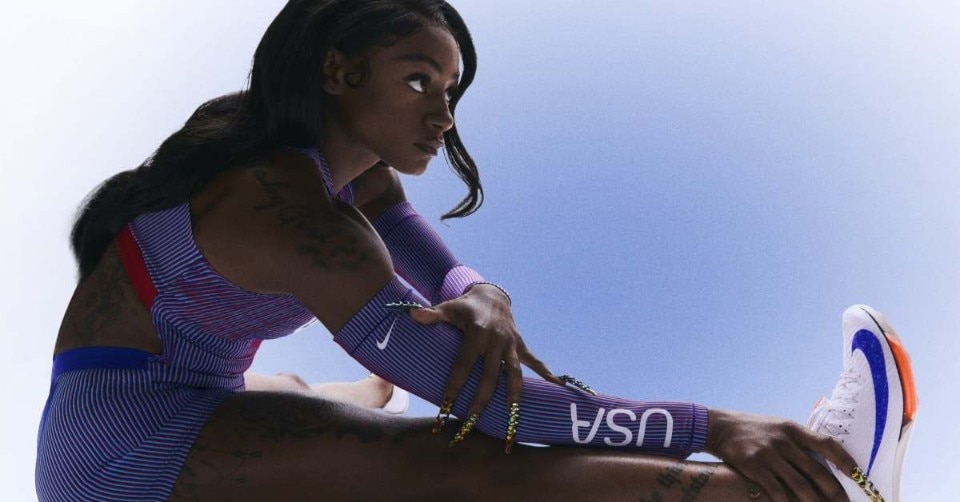
In the Land of the Rising Sun, innovation and engineering go hand in hand. Japan’s podium jackets, produced by Asics, incorporate Actibreeze technology, which uses a mesh that opens and closes to reduce moisture and promote ventilation. Made from renewable resources and recycled materials, these uniforms used 34 percent less energy than those for previous Olympics.
The Olympics also send political messages of inclusion. In Canada, lululemon commissioned indigenous artist, athlete, and photographer Mason Mashon from the Saddle Cree Nation to design the closing ceremony and podium jackets. His design features an abstract representation of the Aurora Borealis. Other patterns by the Canadian brand include national symbols like the maple leaf. The lightweight and ultra-stretchy fabrics were tested by Olympic athletes before the launch to ensure wearability, freedom of movement, and thermal comfort, crucial for the expected high temperatures in Paris.
.jpeg.foto.rmedium.jpg)
On a completely different note, the Czech Republic plays ironically with superstition and incorporates it in the design of its uniforms. Jan Černý designed the uniforms and competition clothing, adding a novel glass amulet made by Lasvit. The modern ceremonial trenchcoat features a Rorschach motif inspired by Czech artist Vladimír Boudník.
The Olympics also send political messages of inclusion.
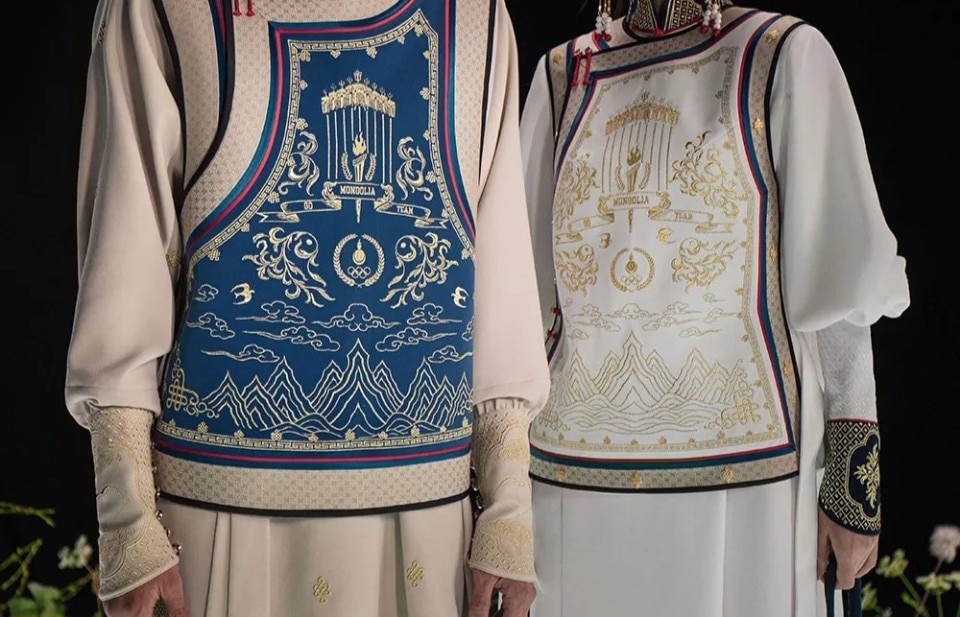
Brand involvement in the Olympics is not just about patriotic pride but also a significant business opportunity. With fifteen million viewers in France and over four billion people watching worldwide – not counting social media – the exposure can greatly impact market growth. This knock-on effect is particularly true for smaller brands, which are more involved and in the spotlight than in previous Olympic editions, experts say.


